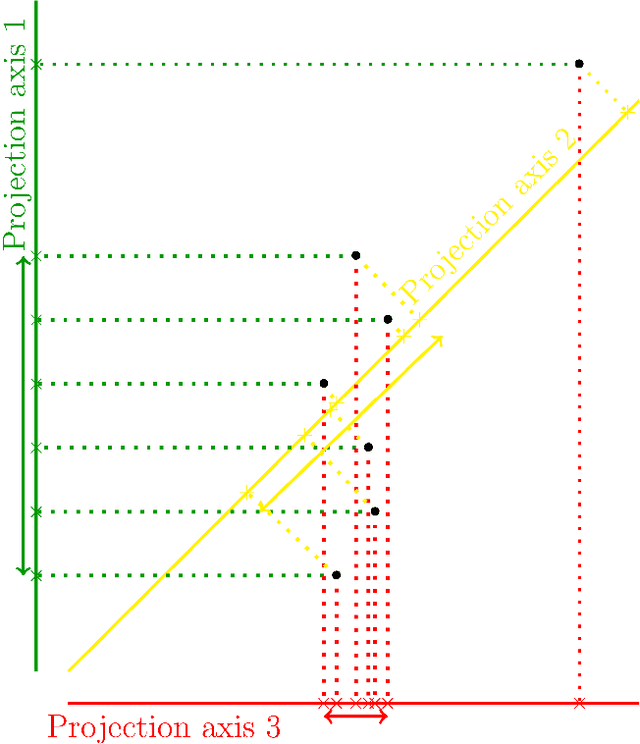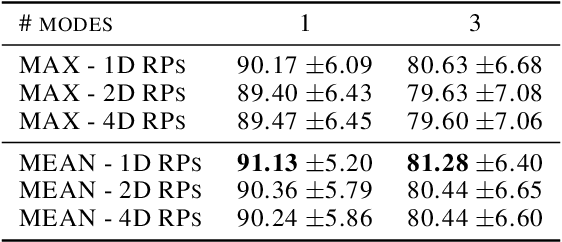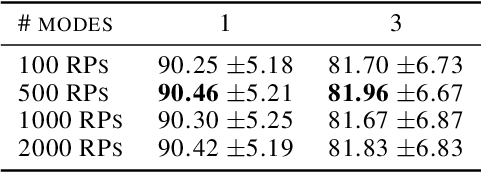Deep Random Projection Outlyingness for Unsupervised Anomaly Detection
Paper and Code
Jun 08, 2021



Random projection is a common technique for designing algorithms in a variety of areas, including information retrieval, compressive sensing and measuring of outlyingness. In this work, the original random projection outlyingness measure is modified and associated with a neural network to obtain an unsupervised anomaly detection method able to handle multimodal normality. Theoretical and experimental arguments are presented to justify the choices of the anomaly score estimator, the dimensions of the random projections, and the number of such projections. The contribution of adapted dropouts is investigated, along with the affine stability of the proposed method. The performance of the proposed neural network approach is comparable to a state-of-the-art anomaly detection method. Experiments conducted on the MNIST, Fashion-MNIST and CIFAR-10 datasets show the relevance of the proposed approach, and suggest a possible extension to a semi-supervised setup.
 Add to Chrome
Add to Chrome Add to Firefox
Add to Firefox Add to Edge
Add to Edge